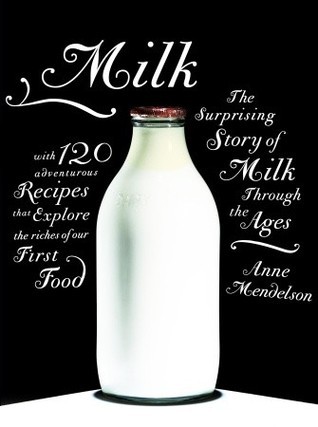What do you think?
Rate this book


338 pages, Hardcover
First published October 7, 2008
Before going any further, taste the milk. Concentrate you attention on what's in your mouth: something ethereally subtle but concretely there. This milk has a kind of roundness or depth that the homogenized equivalent doesn't. The reason is that the contrast between its leaner and richer components hasn't been ironed out but remains just delicately palpable. Its flavor is not so much flavor as a sensation of freshness on the palate that scarcely translates into words. "Sweetness" is as close as anything, but it's an elusive note on the thin edge of perception rather than sugar-in-your-coffee sweetness.